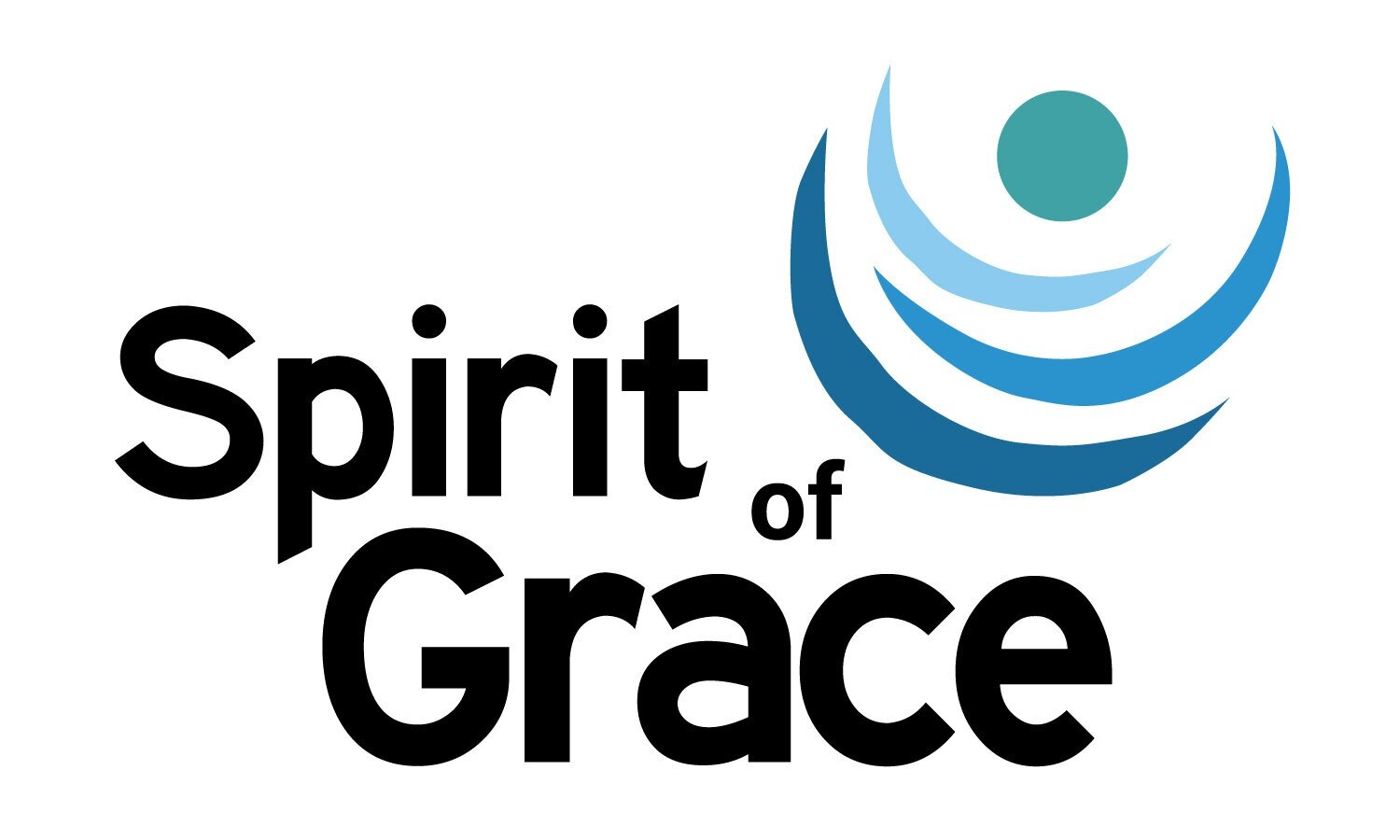By Director Vinci Halbrook-Paterson
The first Sunday of Advent ushers in a new liturgical year for the church. The liturgical year is divided into seasons: Advent, Lent, Easter, and Ordinary Time. Advent is anticipatory, Lent is penitential, Easter is celebratory, and Ordinary Time challenges the ordinariness of following Jesus. Advent and Lent are meant to be a church-wide retreat, breaking us out of our routines and providing additional opportunities for contemplation, service, and self-giving.
Each year we alternate our lectionary between Lutheran and Catholic. With the start of this liturgical year we will be using Catholic Lectionary C. (Just finished using Lutheran Lectionary B.)
The word Advent means “coming.” Our Advent readings speak of the anticipation, God’s preparations for Christ’s first coming, and images of Christ’s second coming. If Emanuel came in such an unexpected way the first time, we must be attentive to how God enters our lives and our world in unexpected ways now and in the future.
Families, individuals, and church communities have adapted many customs and traditions to enter into the season. I sum the season up with this phrase: “We wait in joyful hope.” Let’s look at the Advent wreath, the Advent calendar, and some Advent saint days.
Advent Wreaths
The Advent wreath was adapted from the German and Scandinavian custom of a lit wreath during the darkest days of December. The evergreen wreath signified hope in the coming spring. By 1600, Catholics and Lutherans had developed more formal practices around the Advent wreath.The four candles signify the Sundays of Advent. Three candles are purple or blue and the fourth candle is pink. The pink candle is lit on the third Sunday of Advent, Gaudete or “Rejoice Sunday,” because we are over halfway to Christmas. Prayers of hope are prayed as the candle is lit. Sometimes families light their wreath at the beginning or end of a meal together. They can extend their meal prayer with a line or two about preparing for Christ, or light it after the meal and share a reflection question like: “How did someone share Christ’s light with you this week?” Another option is to read a daily Advent reflection individually or as a family to allow the opportunity for pause and focus.
Advent Calendars
In the 1800s many families counted the days down until Christmas using chalk to cross out the days gone by. The first printed Advent calendar originated in Germany in the early 20th century with Gerhard Lang. When Gerhard was a little boy his mother made him a calendar with 24 small candies attached to cardboard, one for each day before Christmas. When Lang grew up and ran the Reichhold & Lang printing company, he printed the first Advent cardboard calendar with 24 little pictures. A few years later, the company printed the first calendar with the little doors that everyone loves to open.
Today we have Advent calendars made of paper, wood, and even Lego. Some calendar doors open to find a scripture verse or an act of service. Commercial calendars offer other items behind the calendar doors such as a coffee or tea for the day, or a piece of chocolate. The purpose of the calendar is to build anticipation and focus our minds and hearts on the meaning of Christ’s humble birth, and not the commercial trappings and hustle and bustle promoted around us. Another focus during this season are the poor, the houseless, and children. Since Christ was first announced to the humble shepherds, we are asked to be mindful of and care for those in need. The children in our religious education classes will be bringing home a paper Advent calendar. We will have some additional ones printed and available in the welcome area of the church.
Advent Saints
Here are a few saints and feasts that fall during Advent. I encourage you to discover a bit about these people of faith so they may provide you insight and inspiration.
Saint Nicholas: December 6
Immaculate Conception of Mary: December 8
St. Juan Diego: December 9
Our Lady of Guadalupe: December 12
St. Lucia (Lucy): December 13
The O Antiphons
The O Antiphons are Magnificat antiphons used at vespers on the last seven days of Advent in western Christian traditions. Their exact origin is unclear, but they are referenced in Italy around the year 480. Each one highlights a title for the Messiah and refers to the prophecy of Isaiah of the coming of the Messiah. Here are those titles (in Latin) and their meaning:
O Sapientia (O Wisdom)
O Adonai (O Lord)
O Radix Jesse (O Root of Jesse)
O Clavis David (O Key of David)
O Oriens (O Rising Sun)
O Rex Gentium (O King of the Nations)
O Emmanuel





